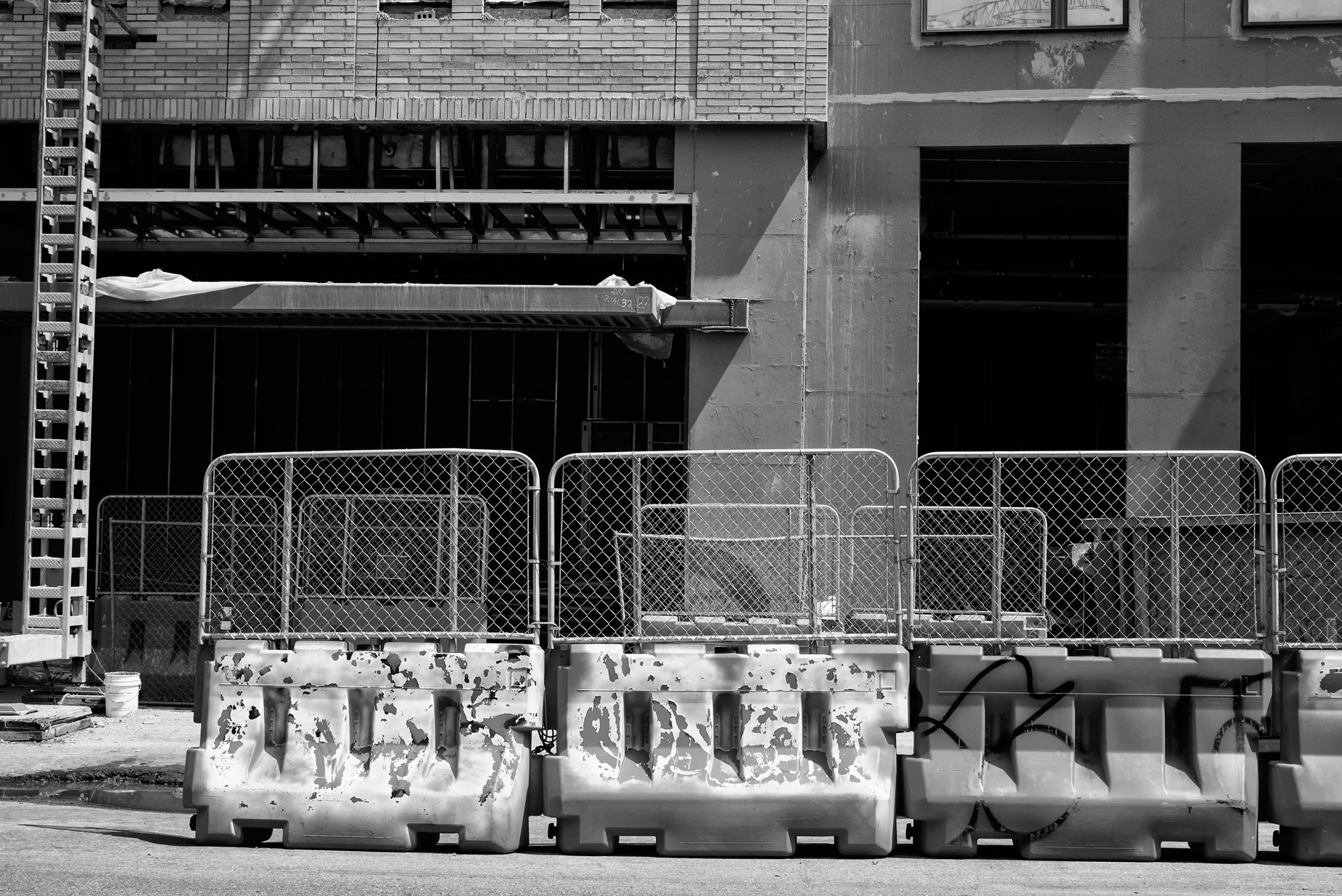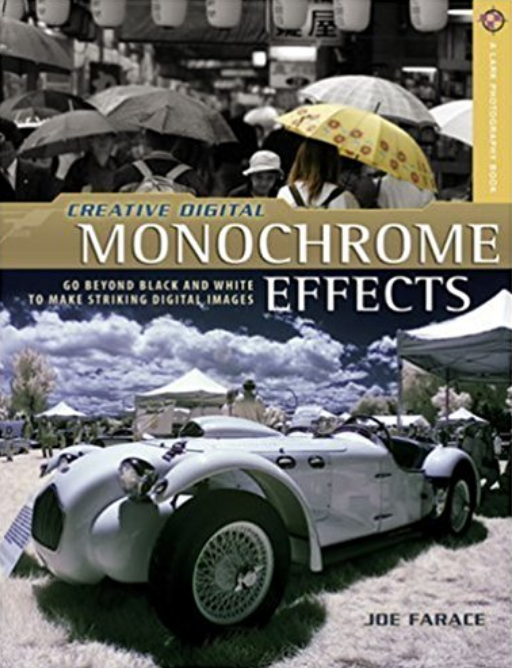First an update on Mary’s recovery from her recent surgery: She’s walking with a cane now instead of a walker and tells me she’s getting rid of it soon. She also started driving starting last Saturday, which is where this story picks up…
Today’s Post by Joe Farace
“Black and white are the colors of photography. They symbolize the alternatives of hope and despair to which mankind is forever subjected.” – Robert Frank
Last Saturday I drove Mary to her favorite hair salon that’s located in Downtown Denver and for the first time since her surgery, she drove us back home. Because I had to wait for her while she was in the salon, I decided to bring along my Olympus Pen F and do something different for me these days—shoot in an urban environment. I love living here on Daisy Hill but the exurbs where it’s located is a far cry from a real city. According to a ranking that was released by U.S. News & World Report, DenPreview (opens in a new tab) Dever is the second-best city to live in the United States. Sadly it is ranked No. 55 among the best cities to retire. But I digress.

I haven’t been in in Downtown Denver is such along time that what I discovered was, more or less, a revelation. New construction was everywhere but in some of the older enclaves there was also a funky sophistication I hadn’t seen in such a long time that, I felt, added a warm welcoming touch to a city of 727.000 people.
I also decided before even getting into the car to drive downtown that I would shoot everything in black and white. There is much more to black and white photography than simply an absence of color. Maybe we wouldn’t feel this way if the first photographs had been made in color but that didn’t happen and, like many photographers of my generation, I grew up admiring the works of W. Eugene Smith and other photojournalists who photographed the world we live in as well as people at work, play, or just being themselves in glorious black and white.
 One of the advantages of creating monochromatic digital photographs is the original image can come from many sources. These days most digital cameras have direct black and white or sepia modes—see next Tuesday’s post for my spin on this capability— for capturing images directly in monochrome but they also capture these images in RGB mode. That’s right, it’s a color file without any color!
One of the advantages of creating monochromatic digital photographs is the original image can come from many sources. These days most digital cameras have direct black and white or sepia modes—see next Tuesday’s post for my spin on this capability— for capturing images directly in monochrome but they also capture these images in RGB mode. That’s right, it’s a color file without any color!
How I Made these Photographs: The Olympus Pen F I used to make these urban images was set in RAW+JPEG mode giving me a black and white JPEG file with a “preview” of the final image on my LCD screen along with a color .ORF Olympus-format RAW file could use to create the black and white images you see here, Because I refuse to use Adobe’s Photoshop subscription service, shooting the Pen F left me with a bunch .ORF Olympus Raw Format files that I couldn’t open in Adobe Camera RAW CS6 that I have. To fix this impasse, I downloaded Adobe DNG Converter and that did the trick easily converting .ORF’s into more portable DNG files I could use with this older version of Photoshop. And so I did.

If you enjoyed today’s blog post and would like to buy Joe a cup of Earl Grey tea ($2.50), click here. And if you do, thanks so much.
Joe is the author of Creative Digital Monochrome Effects with new copies selling for $9.94 from Amazon with used copies starting around four bucks, which seems like a good deal to me. No Kindle versions available at this time.